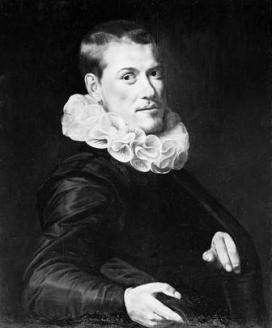Recommendation
In a letter dated 18 April 2007, the Minister for Education, Culture and Science (hereafter referred to as: ‘OCW’) requested the Restitutions Committee (hereafter referred to as: ‘the Committee’) to issue a recommendation regarding the application by XX of YY (hereafter referred to as: ‘the applicant’) of 12 March 2007 for the restitution of the painting Portrait of a man by T. de Keyser. Following its recuperation to the Netherlands after the Second World War, the painting became part of the national collection and is registered under inventory number NK 2693. According to the Netherlands Institute for Cultural Heritage, the claimed work is currently housed in MuseumgoudA in Gouda.
